Today I tackle blows typically padel. You have surely heard of bandeja ou vibora ? But what is it, then ? How to differentiate them? When to play them? How? 'Or' What ?
I will try to answer all these questions ... try ...
Au padel, there are 3 main families of blows played at the top: smashes, bandejas and viboras.
I'm not going to dwell on the smashes, which are, for me, a finishing touch: you spike when you're close to the net (I'm not talking about the high level, of course) and in a very favorable position. We spike to bring the ball home after its impact on the back glass of our opponents, or to bring it out in "par 3" or "par 4" (sideways or over the back glass).
La bandeja
Let us rather focus on the 2 other large families of moves played at the top, and start with the bandeja.
La bandeja is a "waiting" shot. That is to say, you are not going to try to finish the point with this strike. You will rather try to retake the net, after you have been lobed (fairly deep lob). The object of the game is to hit the ball, at a "low" speed, before the rebound and slide it to the baseline to force your opponents to stay at the back and play a low ball that will not come out too much. the glass and that will prevent them from moving forward and being aggressive.
Technically, the bandeja is played with a more backward hitting plane and at the level of your chin, arm stretched out to the side (a bit like if you want to wrap a scarf around your neck), sieve slightly open. During preparation, the racquet head is generally far from the body (different preparation on finishing smashes and on vibora).

Regarding the decision, you are free to take it. Some players close the grip a bit so that they can use the wrist a bit more on impact and after impact. Other players open the jack a bit so that they can press down on the ball and crush it. Regardless, the goal is for the ball to be long and low, both on the rebound and after the rebound, and allow you to catch the net in good conditions.
What is important, on the other hand, is to quickly turn your shoulders, back quickly to be able to hit the ball very lightly in front of you and always hold your free arm up to keep your balance at all times. If you take the ball with a hitting plane too far back, you will not be able to crush the ball, and the rebound will be high with your opponents. They can therefore counter you very easily, and put you in difficulty immediately. This is why it is very important, at the time of the initiation of the strike, to be able to take support on his dominant foot to give a forward impulse after the strike and to be in the direction of the recovery of the net.
Tactically, the bandeja is played long, in all cases. The goal is to force your opponents to let the ball pass and play after the glass (or windows).
La vibora
La vibora, which means viper in Spanish, is a move that plays out in a slightly different spirit. There you will try to accelerate the ball and hurt. It is a more aggressive blow than the bandeja. The role of the arm and wrist, at impact, are more important than in the case of a bandeja.
Technically, the preparation for a vibora will be slightly different from the other two shots played at the top (smash and bandeja). In addition to the still very important role of the free arm, the racquet head will be closer to the body and the striking plane will be at the level of the forehead, slightly away from the body (closer than for the bandeja However).
On impact, the striking plane is more advanced than in the case of a bandeja. It is important to use the wrist and brush the ball to make it spin fast and crash into your opponents, causing them to play a very low, fast ball with spin. It's up to you, then, to quickly regain the net and stick it if you see that your vibora it hurts. You will have a good chance of receiving a floating ball allowing you a finishing smash… be vigilant!
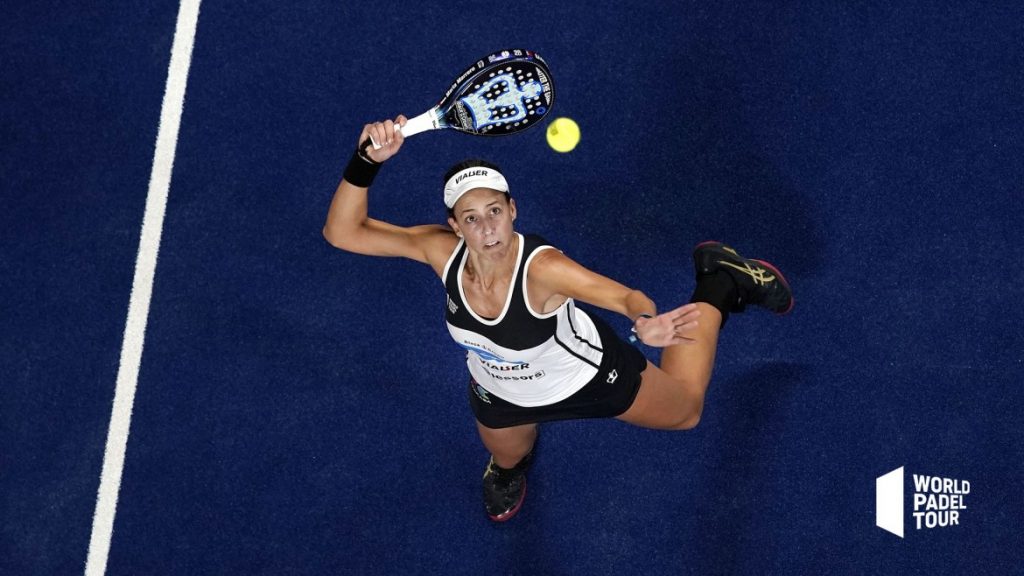
Tactically the vibora is played either in the feet of your opponent in front or in the corner diagonally. To vary you can of course play it in the center, which is and remains a privileged area in the padel, whatever the move.
You should know that depending on your profile you will be more comfortable on one of these two shots (bandeja ou vibora). It's up to you to know yourself well. Have confidence in your feelings and give it a try! In any case, whether you are playing a bandeja or an vibora, remember that the goal is for your ball to be long, low and allow you to catch the net!
To your palas!
¡Que disfruten!
Line Meites is one of the best French players in padel. It's the voice of your live on Padel Magazine. But not only, she also hosts the column “Investigations of the Swiss Army Knife”. Every month, she will come back to a controversy or a theme that is close to her heart.




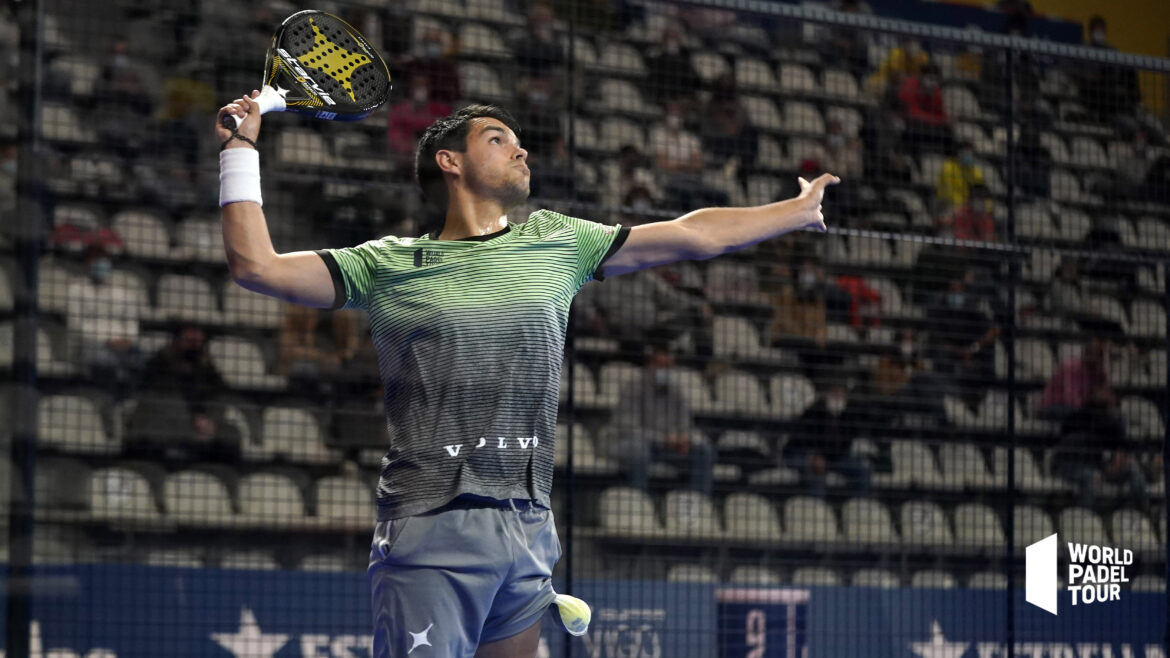











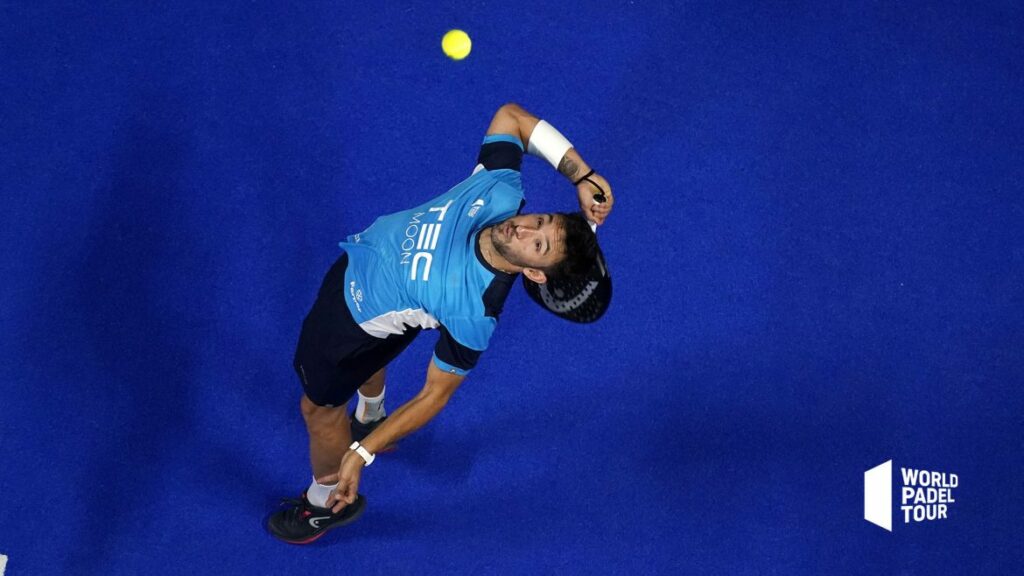
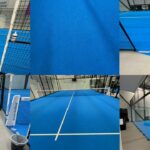
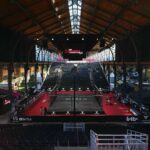



















































































 Padel Score comes to Tahiti for American Express Padel Cup!
Padel Score comes to Tahiti for American Express Padel Cup! Do you know the Rafa Nadal Academy Tour?
Do you know the Rafa Nadal Academy Tour? At the heart of padel – Episode 25: Paul and Andoni answer your questions
At the heart of padel – Episode 25: Paul and Andoni answer your questions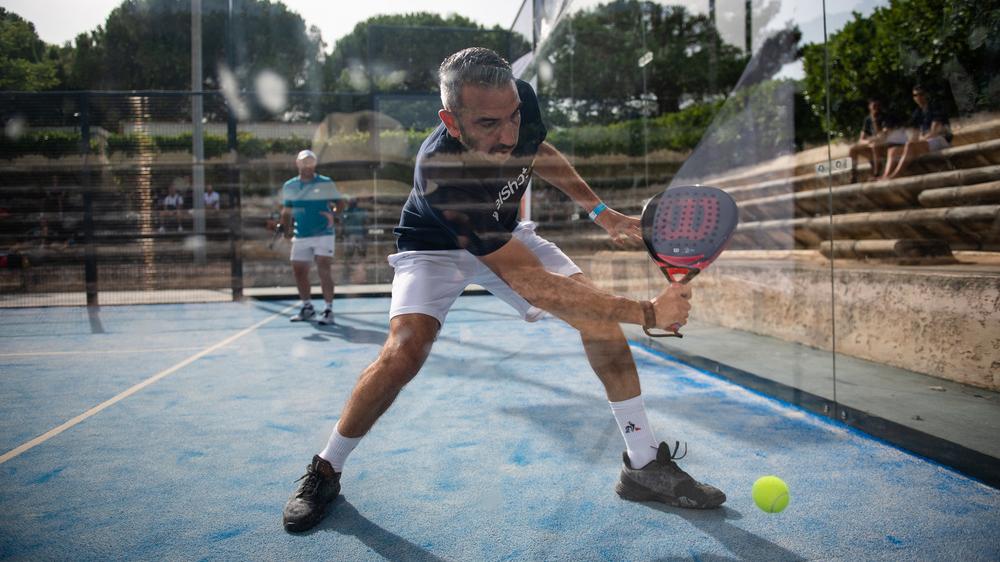 Simon Boissé: “We know that there are two nations in front of us”
Simon Boissé: “We know that there are two nations in front of us” Marie Maligo: “This period of frequent changes of partners was beneficial for me”
Marie Maligo: “This period of frequent changes of partners was beneficial for me”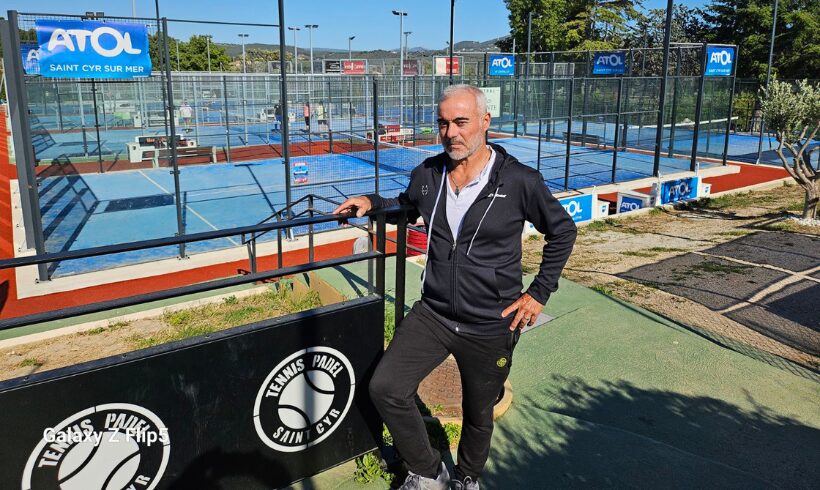 Alain Idier: “Adding tracks of padel, without sacrificing tennis”
Alain Idier: “Adding tracks of padel, without sacrificing tennis”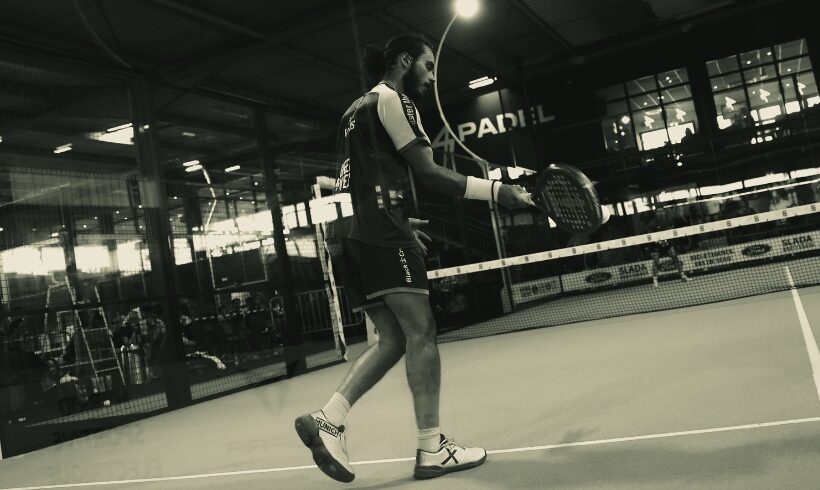 Manuel Vives: “It’s extremely difficult to get by financially”
Manuel Vives: “It’s extremely difficult to get by financially” Mind Padel Lyon and the Auvergne Rhône-Alpes League innovate with team tournaments
Mind Padel Lyon and the Auvergne Rhône-Alpes League innovate with team tournaments Simon Boissé: “We know that there are two nations in front of us”
Simon Boissé: “We know that there are two nations in front of us”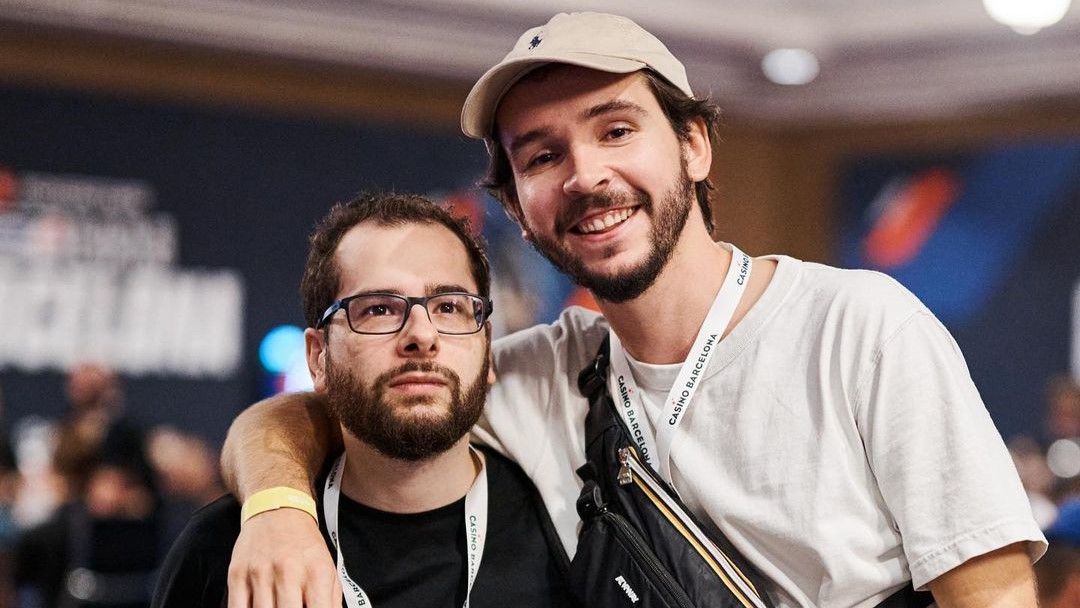 Team PAX (Domingo / Xari) returns to victory
Team PAX (Domingo / Xari) returns to victory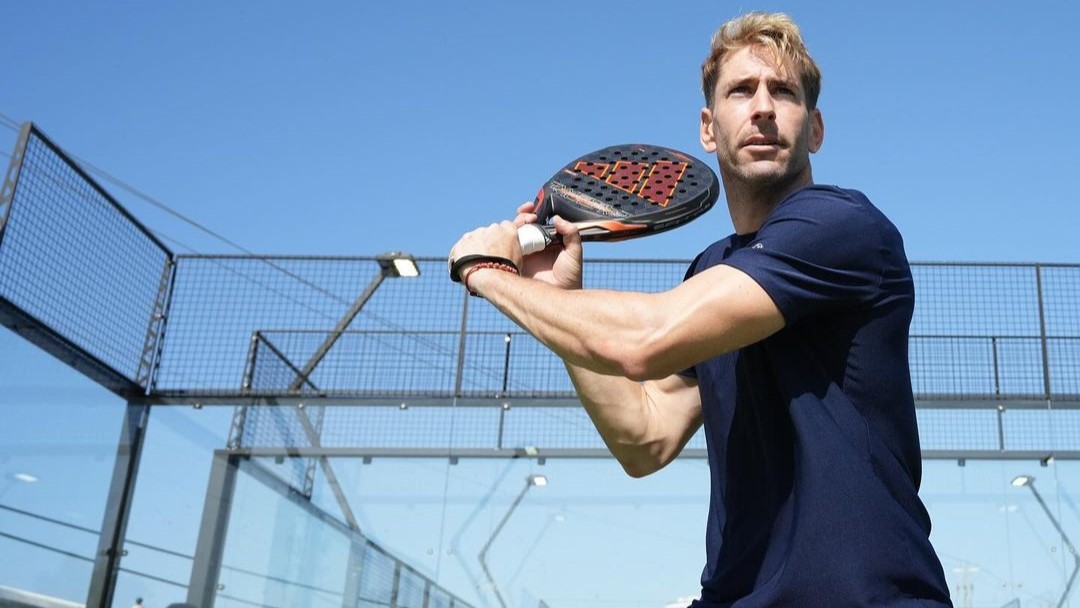 Alex Ruiz: “Finding joy again with Momo”
Alex Ruiz: “Finding joy again with Momo”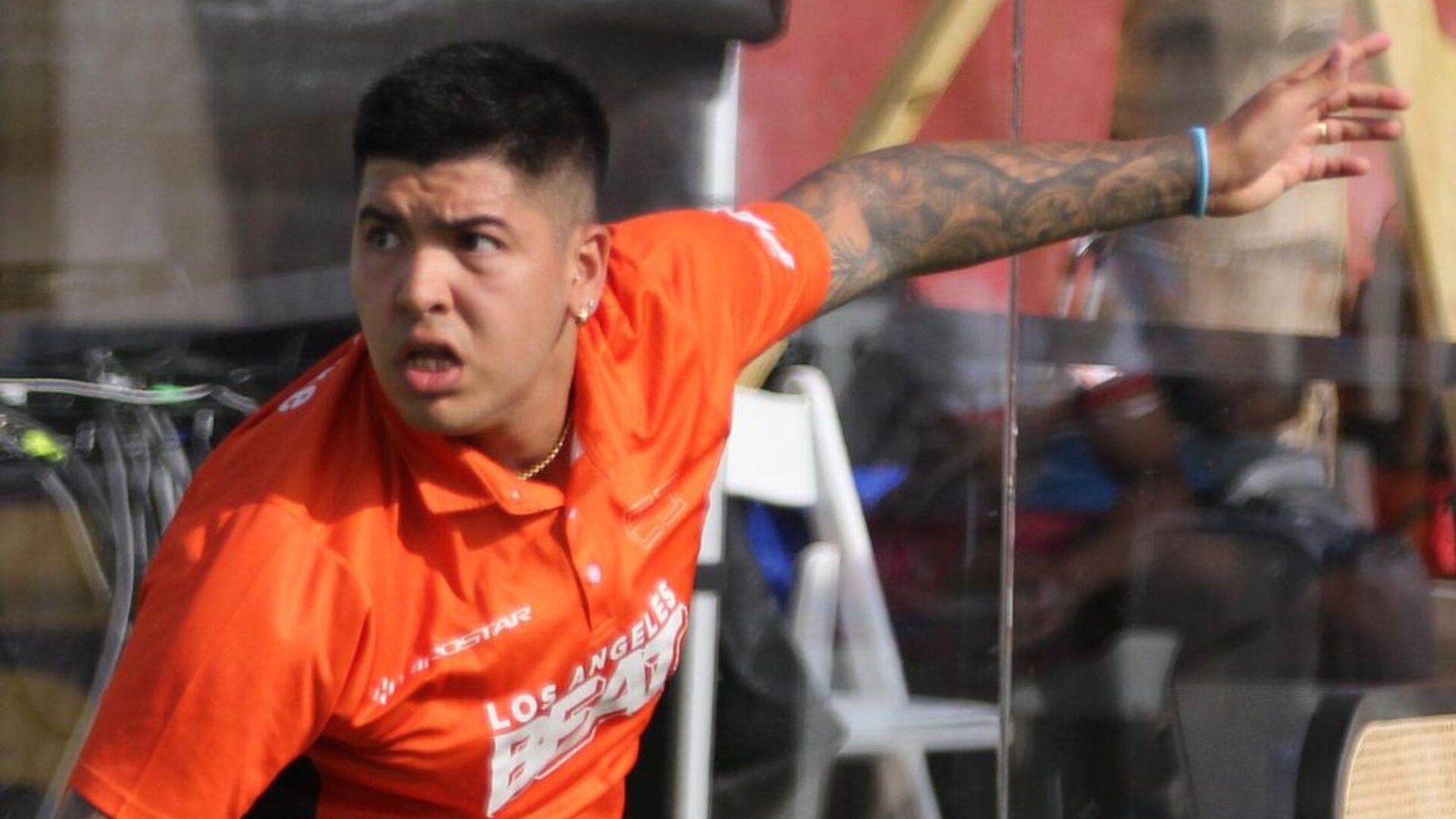 Nerone: “Tolito is not a normal player”
Nerone: “Tolito is not a normal player” P2 Brussels – Like a new school year!
P2 Brussels – Like a new school year! Play at padel on his yacht? Possible for €233.000!
Play at padel on his yacht? Possible for €233.000!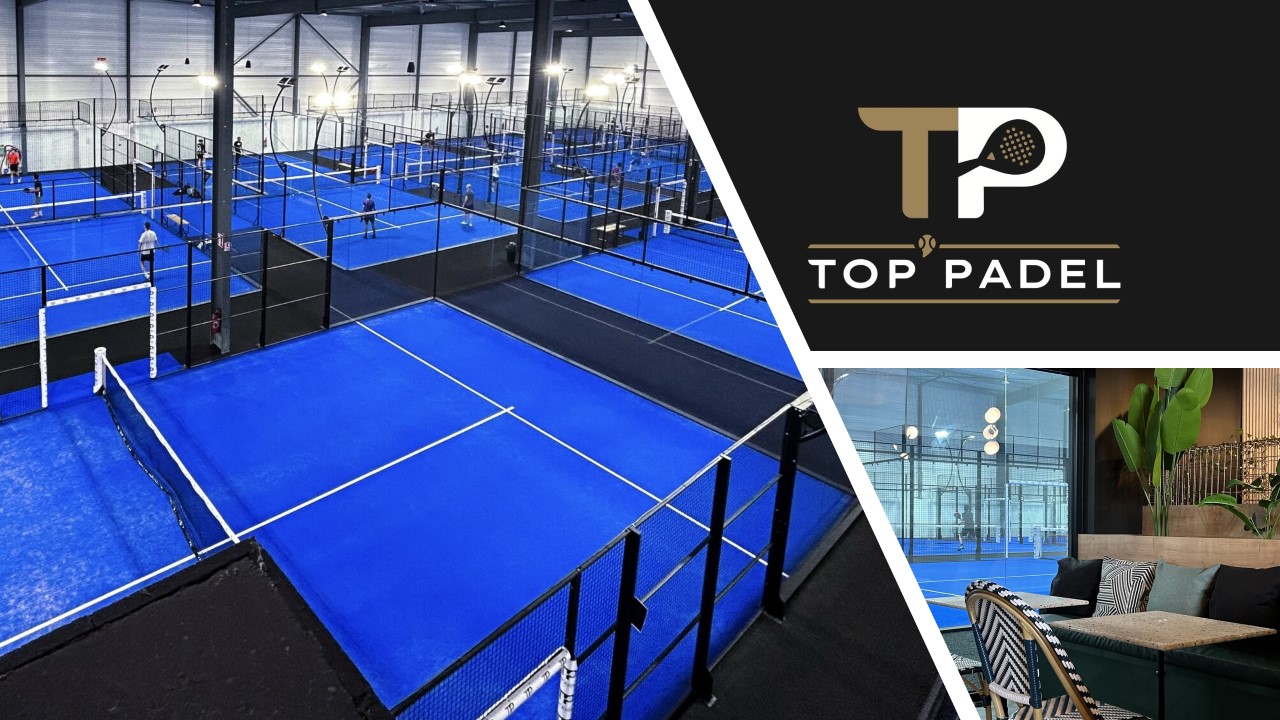 TOP Padel : “A premium club with 10 slopes in Toulouse”
TOP Padel : “A premium club with 10 slopes in Toulouse” At the heart of padel – Episode 25: Paul and Andoni answer your questions
At the heart of padel – Episode 25: Paul and Andoni answer your questions Tactical padel – What to do when faced with players who systematically stay at the bottom?
Tactical padel – What to do when faced with players who systematically stay at the bottom? The basic tactics of padel
The basic tactics of padel A par 4 is always a winner...even if you manage to defend it!
A par 4 is always a winner...even if you manage to defend it! At the heart of padel – Episode 23: defend the window well
At the heart of padel – Episode 23: defend the window well Prohibition on playing topless Padel : the reasons
Prohibition on playing topless Padel : the reasons FIP Tour – Going far from Europe, THE strategy to earn points!
FIP Tour – Going far from Europe, THE strategy to earn points! What is a good football player? padel ?
What is a good football player? padel ? “Lefties give me headaches when I play against them!”
“Lefties give me headaches when I play against them!” At the heart of padel – Episode 14: how to earn points in winter?
At the heart of padel – Episode 14: how to earn points in winter? Carbon fiber VS fiberglass: what to choose?
Carbon fiber VS fiberglass: what to choose? How to effectively test a racket padel ?
How to effectively test a racket padel ? La padel to fight Parkinson's disease
La padel to fight Parkinson's disease Don't play with a cracked or broken racket, your body will thank you!
Don't play with a cracked or broken racket, your body will thank you! Michel Cymes: “The padel, physically, it’s serious!”
Michel Cymes: “The padel, physically, it’s serious!” Jeremy Gala: “Promote the padel among young people in Belgium remains a challenge”
Jeremy Gala: “Promote the padel among young people in Belgium remains a challenge” The French Touch Academy organizes its selection day Padel-Study
The French Touch Academy organizes its selection day Padel-Study Report on the detection and training of younger generations
Report on the detection and training of younger generations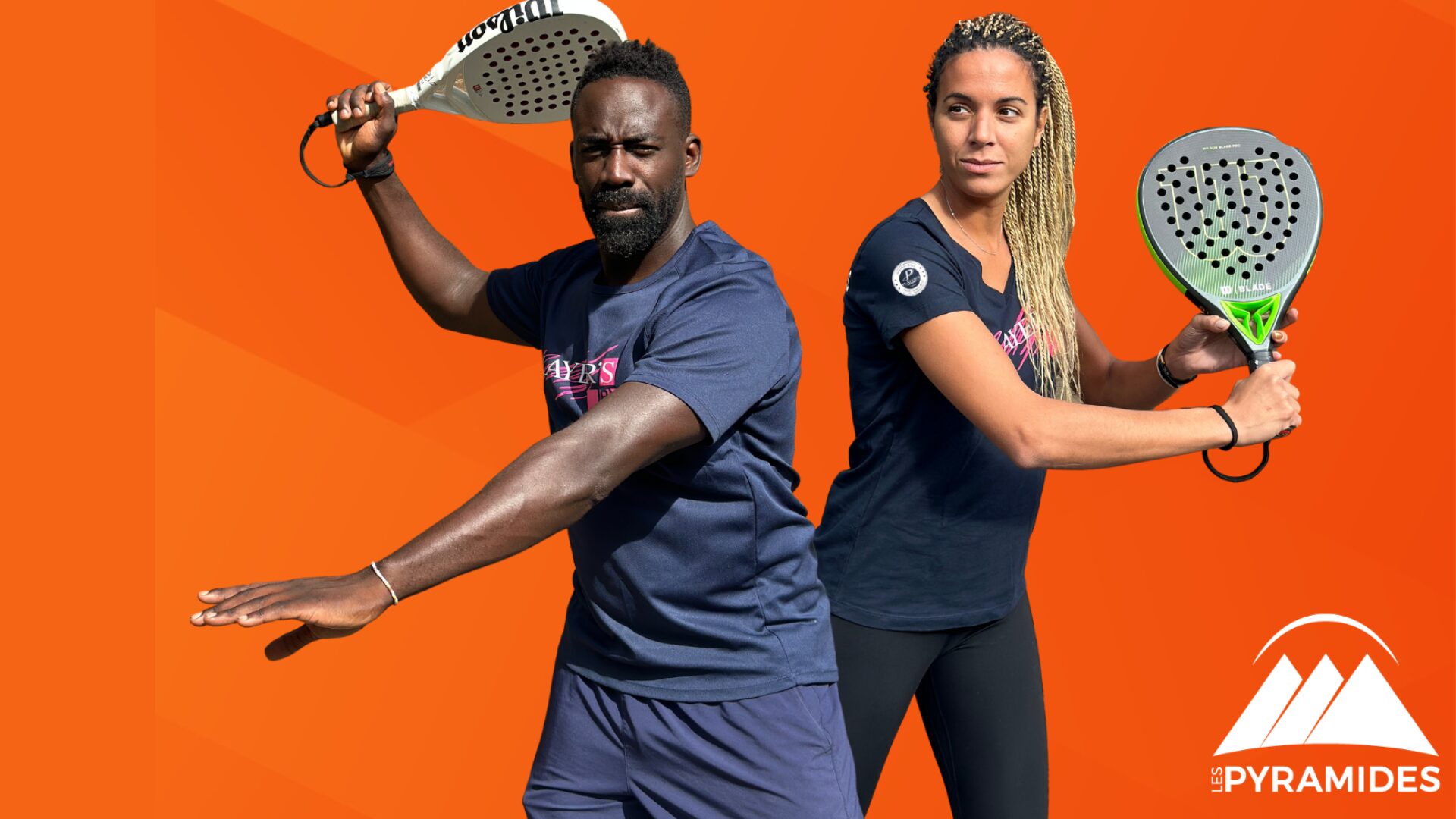 Player's adult courses from April 8 to 21, 2024!
Player's adult courses from April 8 to 21, 2024!